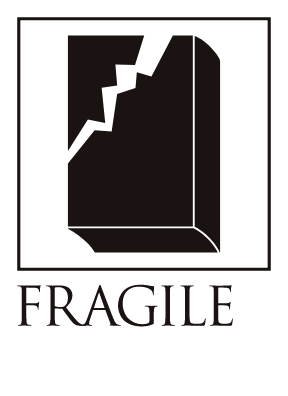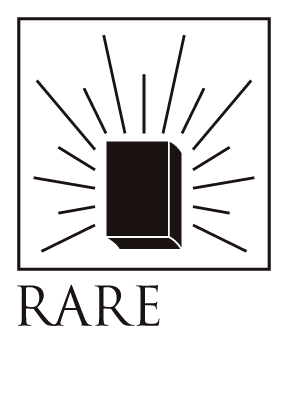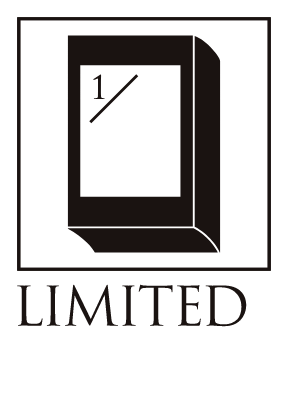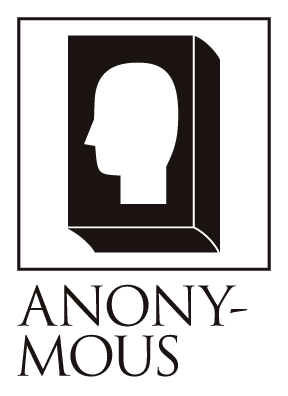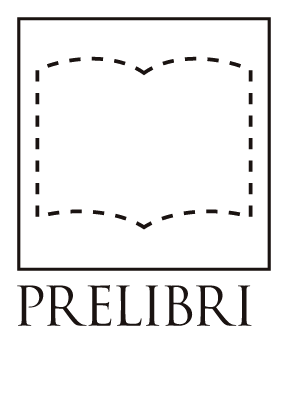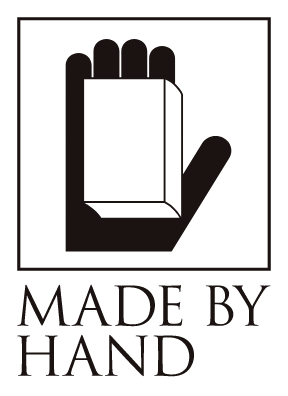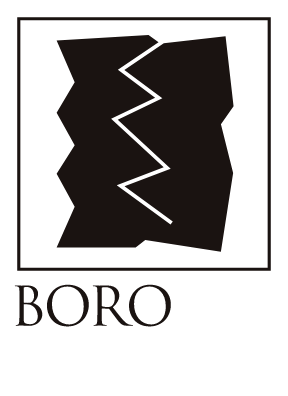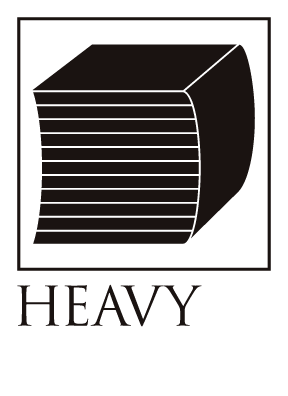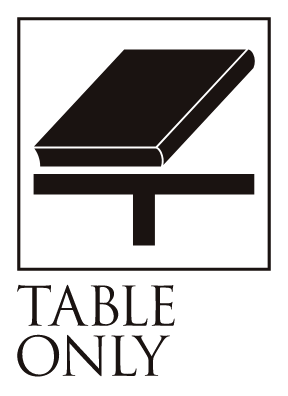En El Umbral | Lucio Fontana
Bibliographic Details
- Title
- The catalogue of the exhibition - Lucio Fontana - En El Umbral. / ルーチョ・フォンタナ展 - En El Umbral.
- Artist
- Lucio Fontana / ルーチョ・フォンタナ
- Publisher
- Guggenheim Bilbao
- Year
- 2019
- Size
- h273 × w217 × d30mm
- Weight
- 1500g
- Pages
- 287
- Language
- Spanish / スペイン語
Breaking down all boundaries
Fontana's continued progress: a retrospective catalogue
In 2019Guggenheim Museum BilbaoThe retrospective exhibition of Lucio Fontana "in the umbral" Catalog of the book.The Metropolitan Museum of ArtThis is a Spanish version of the catalogue published in
It is easy to imagine that the cover design was already decided. The canvas-like cloth binding has only Fontana's cut marks, and there is no publisher's logo, author's name, or any other text information. It tells you everything without anything, and it is rare to see such a well-made cover. I can't buy Fontana's original, but I can display a copy of this in my home. It's like "Cuts" Bravo.
The title of the exhibition was "en el umbral," which in English was "On the Threshold." It has the meaning of referring to the physical boundary between inside and outside space, such as "threshold" or "entrance," as well as the abstract concept of a boundary, such as "threshold," "limit point," or "starting point." It is a fitting title for Fontana, whose work has continued to move between all kinds of boundaries. Whether it's the cover design, the title, or the copy, one cannot help but feel the extraordinary respect for Fontana from the people involved in the exhibition.
The book explores Fontana's career as an artist, from his early sculptures to his later works, including the famous Katz series, and includes essays (in Spanish) by Emily Brown, Andrea Giunta, Anthony White, Enrico Crispolti, Pia Gotchaler, and catalogue editor Ilia Candela.
Fontana is known for his series "Cuts," in which he cuts a canvas, but in fact, he started making the Cuts series after he was over 50 years old. During World War I, he volunteered for the army and became a lieutenant in the infantry, but was wounded in the arm on the front line and discharged. He then built his career by moving between Argentina and Italy, and this experience across the Atlantic determined his artistic vision. As can be seen from his work for his father, who runs a company that produces gravestones, he was originally a sculptor, but while studying classical sculpture in Milan, he showed signs of anti-academicism, and he actively used all kinds of materials such as plaster and terracotta pottery, and he experimented repeatedly, wanting to challenge the old-fashioned "sculptural quality." That was the only thing that drove him.
Fontana, who was most averse to being trapped by classical concepts and stereotypes, produced his most iconic works, "Cuts," during the Cold War, when the nuclear threat was a constant threat and international research was focused on the space race. Under the title "Space Concept," his first series of perforated paintings were designed as screens for the transmission and filtering of electric light. Using the taut canvas as a support, Fontana sought to radically transform the Western tradition of easel painting. The holes evolved into sensual tears, and the artist placed the void at the absolute center of his practice. Fontana's first works, created in 1958, became Fontana's most distinctive style. Fontana painted the entire surface of the canvas, scored it with a sharp knife, then shaped the openings directly by hand, sometimes pasting black gauze on the back.
Though primarily known as a painter at his peak, Fontana first worked on canvas at the age of 51 and remained connected to sculpture throughout his life. In the 1950s, Abstract Expressionism, known as Art Informel, became the stylistic foundation of European painting after World War II, and Fontana felt compelled to respond to this trend. At the end of the decade, he began working on a series of painted sculptures entitled "Nature" in the town of Albisola in northern Italy. "Nothing is the beginning of everything," Fontana is said to have said of the large terracotta basins and their pitted and cut-out coverings.
Lucio Fontana
Italian painter and sculptor born in Argentina in 1899. After studying architecture, he mastered sculpture at the Brera Academy of Fine Arts in Milan. In his early years, he mainly produced ceramic works. In 1935, he joined the Parisian abstract art group Abstraction Création, which included Piet Mondrian, Wassily Kandinsky, and Taro Okamoto. When World War II broke out, he stayed in Buenos Aires. In 1946, he drafted the "White Manifesto" with his colleagues and students at the Altamira Academy, where he was teaching, and advocated the need for art that goes beyond existing painting and sculpture and is appropriate for the new era. After the war, he returned to Milan. In 1947, he proclaimed his "Spatialism." In 1949, he began producing paintings by drilling holes in the canvas, and in 1951, he produced experimental works in which he hung neon lights and black lights from the ceiling. He advocated an art that goes beyond the existing frameworks of painting and sculpture and exists in conjunction with the development of science. In his representative work, the "Spatial Concept" series, Fontana examines the concept of space, drilling holes in the canvas, slicing it with a knife, and sometimes using materials that are not traditionally used in painting, such as pebbles and glass. While showing traces of the artist's actions, he approaches the depth of the canvas and pursues a more open expression that is not bound by the two-dimensionality of painting. In 1966, he won the Grand Prize in the painting category at the Venice Biennale. Fontana's experiments have had a major influence on postwar art, including Italy's Arte Povera (Poor Art).
Lucio Fontana
Lucio Fontana is an Italian painter and sculptor born in Argentina in 1899. After studying architecture, he studied sculpture at the Brera School of Fine Arts in Milan. In 1935, he joined the Parisian abstract art group Astraxion Création. The group brought together artists such as Piet Mondrian, Wassily Kandinsky, and Taro Okamoto. When World War II broke out, he stayed in Buenos Aires, where in 1946 he drafted the "White Manifesto" with his colleagues and students at the Altamira Academy, where he was teaching, and preached the need for art that goes beyond existing painting and sculpture to meet the needs of a new age. After the war, he returned to Milan, where he declared his "Spatialism" in 1947, and in 1949 began painting with holes in the canvas, and from 1951 began experimental works with neon lights and black lights hanging from the ceiling. He advocated an art that transcends the existing framework of painting and sculpture, and that exists in tandem with the development of science. In the "Spatial Concept" series, one of his representative works, he examines what space is, drilling holes in the canvas, cutting with a knife, and sometimes using pebbles, glass, and other materials that are not used as materials in traditional painting. In 1966, Fontana won the Grand Prize for Painting at the Venice Biennale. Fontana's experimentation has had a major impact on postwar art, including Italy's "Arte Povera" (Poor Art).
